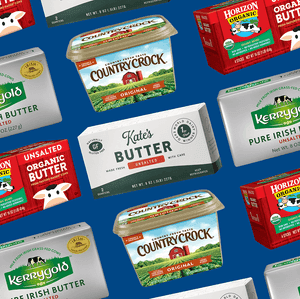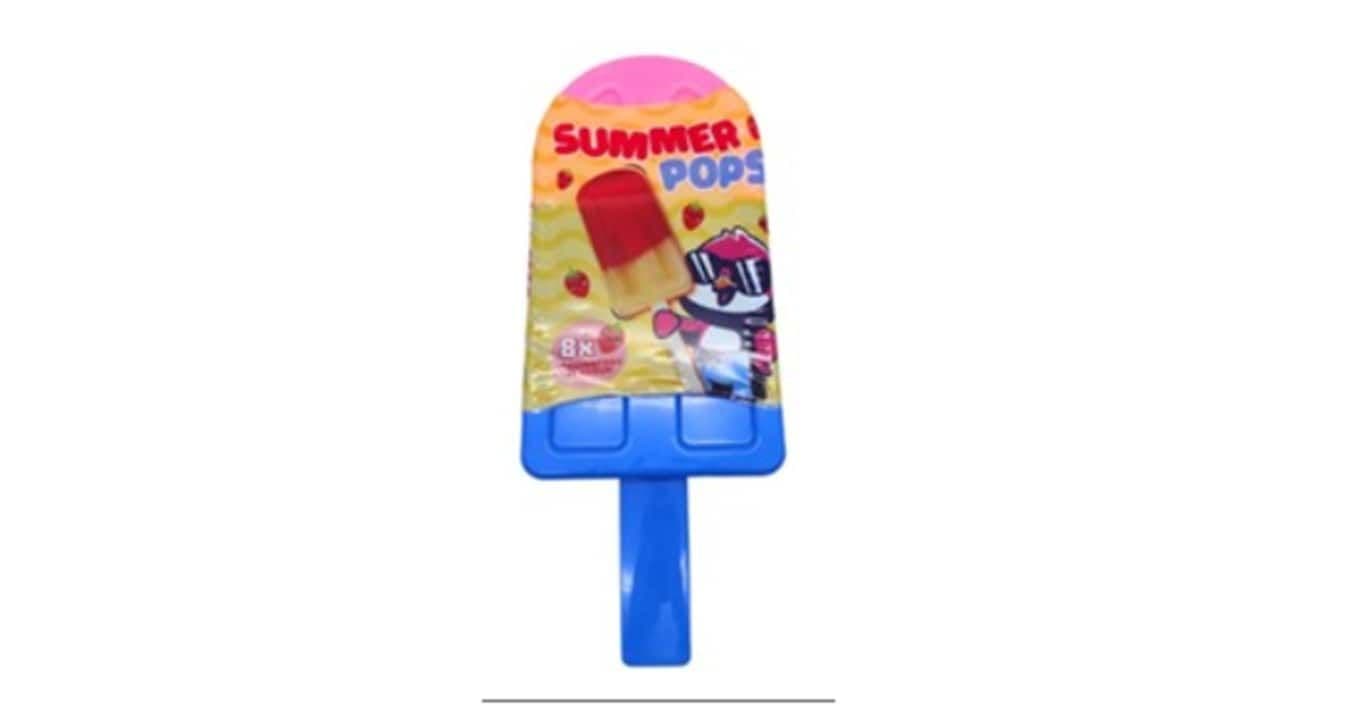More Than Just Butter: Decoding the Elevated Allergen Alert in Your Fridge
FDA's butter recall escalated to Class II due to undeclared milk. Learn what this means, how to check your fridge, and crucial steps to protect against hidden allergens.
The Red Flag: Understanding the Class II Escalation
A recent food safety alert has consumers checking their refrigerators, as nearly 65,000 pounds of butter from have had their recall status elevated by the . What began as a voluntary recall on July 14th for undeclared milk in their European Style Butter Blend, totaling 1,800 cases or 64,800 pounds, escalated just last week to a Class II recall. This isn't just a minor administrative update; a Class II designation signals a more serious concern. According to the , it means that consuming the product "may cause temporary or medically reversible adverse health consequences, or where the probability of serious adverse health consequences is remote." While the hasn't reported any specific illnesses linked to this butter yet, this elevation is a crucial warning. It underscores the agency's assessment that the potential for harm, even if temporary, warrants a heightened public alert, urging consumers to take this recall seriously.
Unseen Danger: The Allergen Behind the Recall
The underlying reason for this elevated recall is the presence of undeclared milk, a critical concern for anyone with a dairy allergy. Milk is one of the major food allergens recognized by the , and its unlisted presence in a product can trigger a range of reactions, from mild discomfort to severe, life-threatening conditions. For individuals with a milk allergy, symptoms can manifest as stomach problems, skin reactions like itching and rashes, or a tingling sensation around the mouth. More critically, exposure can lead to anaphylaxis, a severe allergic reaction that can be fatal if not promptly treated with emergency medication like epinephrine. This recall isn't merely about a missing ingredient; it's about a hidden threat that could significantly impact the health and safety of unsuspecting consumers, particularly those who rely on accurate food labeling to manage their allergies.

Your Fridge Check: Identifying the Recalled Butter
To ensure your household remains safe, it's vital to know precisely how to identify the affected product in your fridge or pantry. The recalled item is NH European Style Butter Blend, sold in 1-pound packages. Look closely at the packaging for the following identifying details: The manufacturer is , located in . This butter was typically packed in white paperboard cases, with 36 blocks to a case, identified as 'OW NH EURO BLEND SOLIDS 2015918.' Crucially, check for the Product ID: 5023937, the UPC: 1 00 78684 73961 2, and most importantly, the Lot code: 5064036503. This butter was widely distributed across the via 12 distribution centers, and even reached the , making it accessible through various retailers, including online platforms like . A quick check of these numbers could prevent an adverse reaction.

Immediate Action: What Consumers Must Do Now
If you discover that you possess the recalled NH European Style Butter Blend with the specified lot code, your immediate priority is safeguarding your health and that of your family. Do not consume the butter under any circumstances. The strongly advises that if you or someone in your household has already consumed this product and experiences any symptoms consistent with an allergic reaction, stop eating the food immediately. It's crucial to assess the need for emergency medication, such as an epinephrine auto-injector, if prescribed for severe allergies, and to seek prompt medical attention. Your health is paramount. For any questions or concerns regarding the recall, or to inquire about returns or refunds, consumers are encouraged to contact directly at +1 (314) 292-2000. Taking these swift, decisive steps is key to mitigating any potential health risks.
Lessons Learned: Navigating Future Food Safety Alerts
This butter recall serves as a potent reminder of the importance of vigilance in food safety, extending beyond just checking expiration dates. Understanding the nuances of recall classifications, like the Class II designation in this instance, empowers consumers to gauge the true severity of a food alert. Always make it a habit to carefully read product labels, even for familiar items, as undeclared allergens remain a leading cause of recalls. Staying informed about food recalls, whether through official announcements, news outlets, or consumer safety websites, is a proactive step every household should adopt. This incident highlights that food safety is a shared responsibility, where informed consumers play a critical role in protecting themselves and their communities from unforeseen dangers lurking in their pantries. By staying alert and knowledgeable, we can navigate the complex landscape of food products with greater confidence and security.
Related Articles

Decoding Your Dairy: The Hidden Allergen That Triggered a Nationwide Butter Recall

Decoding Your Dairy: The Hidden Allergen That Triggered a Nationwide Butter Recall

The Unseen Dairy: What a Nationwide Butter Recall Reveals About Your Pantry's Hidden Risks

The Unseen Dairy: What a Nationwide Butter Recall Reveals About Your Pantry's Hidden Risks

Sweet Treat, Sour News: Unpacking the Vague Dangers of a Popular Ice Cream Recall

Sweet Treat, Sour News: Unpacking the Vague Dangers of a Popular Ice Cream Recall

From Pantry Staple to Public Hazard: The Unseen Vulnerabilities Behind the Tuna Recall
